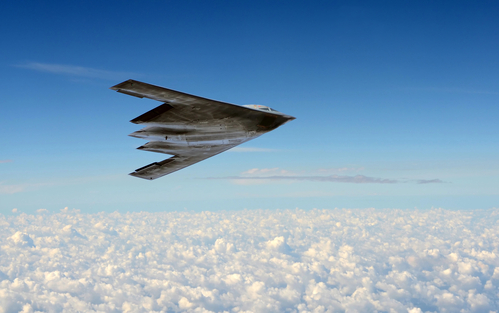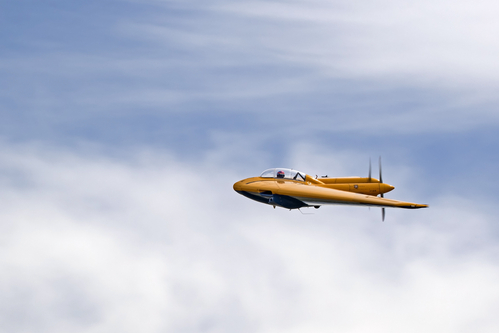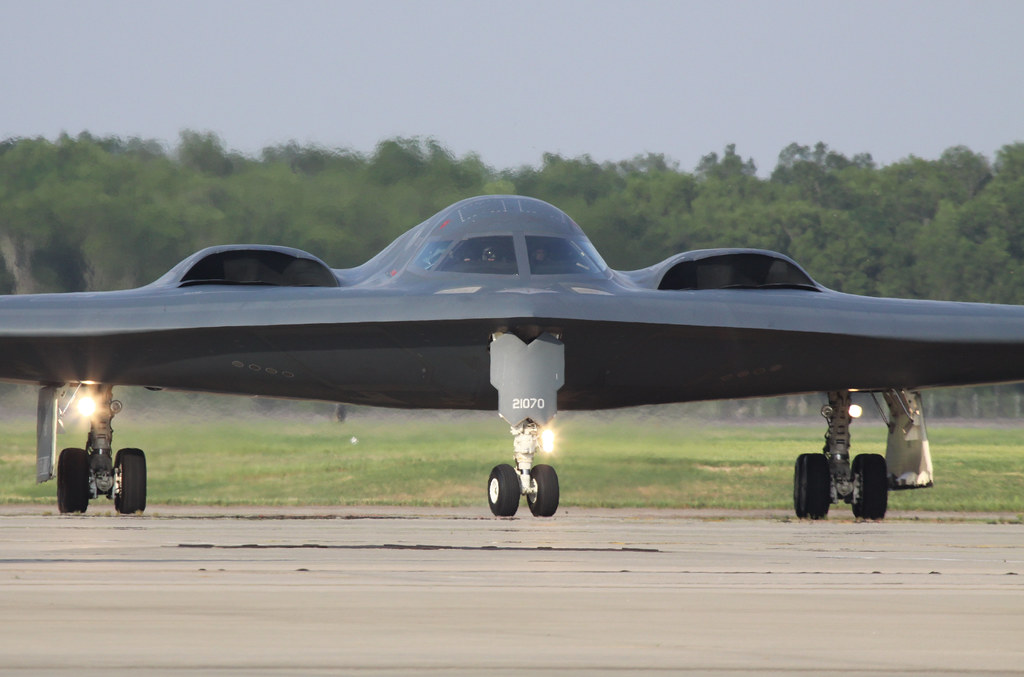
Three decades ago, the United States Air Force unveiled a marvel of military aviation—the B-2 Spirit Stealth Bomber. Since its inaugural flight on July 17, 1989, the B-2 has been a symbol of American air superiority, delivering formidable capabilities in strategic bombing while evading the most sophisticated air defenses.

The “Spirit,” often referred to simply as the Stealth Bomber, has a unique flying wing design without a fuselage or tail, which coupled with stealth materials and technologies, renders it virtually undetectable at conventional combat ranges.

The strategic reasoning behind the B-2’s development lay in its ability to reach any global target against any defense. “The highest calling of America’s air power is to reach any place on the globe.

Against any defenses, to attack with precision. This is the core of diplomacy and of deterrence,” according to Dr. Rebecca Grant, an esteemed aviation historian, in her 2019 book “B-2 Stealth Bomber at War”.

Designed by Northrop Grumman, the B-2 was originally intended to penetrate Soviet air defenses with nuclear payloads during the Cold War.

The need for such capability was driven by the Soviet Union’s investment in advanced anti-air systems during the 1970s and 1980s, which rendered existing bombers like the B-52 Stratofortress and B-1B Lancer insufficient for strategic missions.

In combat, the B-2 has proven its worth multiple times. The bomber saw action in Kosovo in 1999, where it was tasked with neutralizing Serbian air defenses and enabling humanitarian aid to the Kosovars.

The use of GPS-guided Joint Direct Attack Munitions (J-DAMs) allowed for precision strikes. “We went from World War II–style bombing… to a single bomber striking multiple target areas, individually hitting points in those target areas and moving to the next one,” described Steve Sicking, one of the pilots who flew strike missions.

The September 11, 2001 attacks led the B-2 once again into combat, this time in Afghanistan, where its capabilities were instrumental in dismantling the country’s air defenses and terrorist camps.

Major Melvin Deaille highlighted the bomber’s unique capabilities, noting, “The stealth aspect – this is an aircraft that has a penetration capability like no other.”

With only 21 produced, the B-2 fleet was eventually reduced to 20 operational bombers after one crashed in 2008—a testament to the Spirit’s exclusive operational history.

Although the B-2 was the most expensive aircraft ever built, with costs spiraling to around $2 billion per plane, its unmatched capabilities justified the investment. Northrop Grumman has continually updated its avionics technology, stealth, and armament to maintain its edge over adversaries, ensuring U.S. air dominance.

The B-2’s service is slated to continue until its planned replacement, the B-21 Raider, comes online by 2032. Even as the B-2 approaches retirement, it remains a pioneer of modern military aviation and a stealth bomber that has stood the test of time and conflict.

To this day, being a B-2 pilot is an elite honor. Capt. Janel Campbell, the 823rd B-2 bomber pilot, recently met with retired US Air Force Lt. Col. Bruce Hinds, symbolizing the enduring legacy of those who have flown this iconic aircraft.

As the B-2 Spirit marks three decades of service, it remains not only an engineering marvel but also a critical component of the U.S. strategic arsenal, proving that some titans of the sky don’t fade—they evolve.

